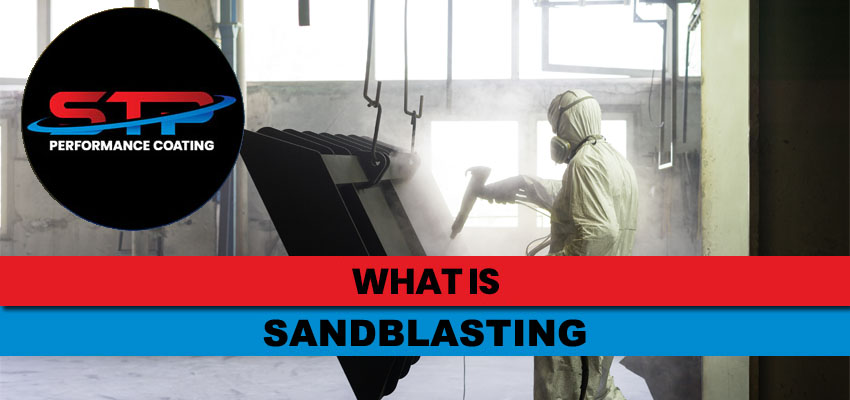MILITARY ∙ MEDICAL ∙ AEROSPACE ∙ ELECTRONICS ∙ SEMICONDUCTOR ∙ CONSTRUCTION
SANDBLASTING SERVICES IN PHOENIX, AZ

Sandblasting, also known as abrasive blasting, is a process that uses abrasive materials propelled at high speeds to clean, smooth, or shape a surface. This technique is widely used in various industries for a range of applications. Here are some benefits of sandblasting:
HOW DOES SANDBLASTING WORK?
Summary of Sandblasting
Sandblasting forces the abrasive characteristics of sand that creates smoother surfaces with less physical defects and shortcomings. It’s not a secret that sand is gritty and coarse. Because of these characteristics, sandblasting is able to wear away at excessive or undesirable material on surfaces. Sandpaper, for instance, comprises of a lot of individual particles of sand. When moved back and forth on surfaces, the sand removes portions of the top layer material, as a result, creating a smoother texture. Sandblasting works likewise except it requires the utilization of highly pressurized sand.
How Sandblasting Is Performed
The primary step in carrying out sandblasting is the pouring of sand into the sandblasting machine. These machines have chambers on their top in which the sand gets poured. The sandblasting machine then gets connected to a traditional air compressor that, when turned on, forces the sand out through a hand-held nozzle. Subject to the settings, the pressurization of the sand could be anywhere from 50 PSI to 130 PSI.
Following that sand is “blasted” across the surface, and because of its abrasive characteristics, the sand is capable of creating a smooth surface. Concrete, for instance, is typically sandblasted, to either clean it or preparing it for something. Following the concrete being poured and allowed to harden, it’s then sandblasted. This process removes portions of the excess material on the concrete, as a result making it smooth.
STP PERFORMANCE COATING
STP Performance Coating understands the many benefits of sand blasting. We provide the best sand blasting services throughout the Phoenix Metropolitan area in Arizona including: Phoenix, Glendale, Tempe, Scottsdale, Laveen and more.

